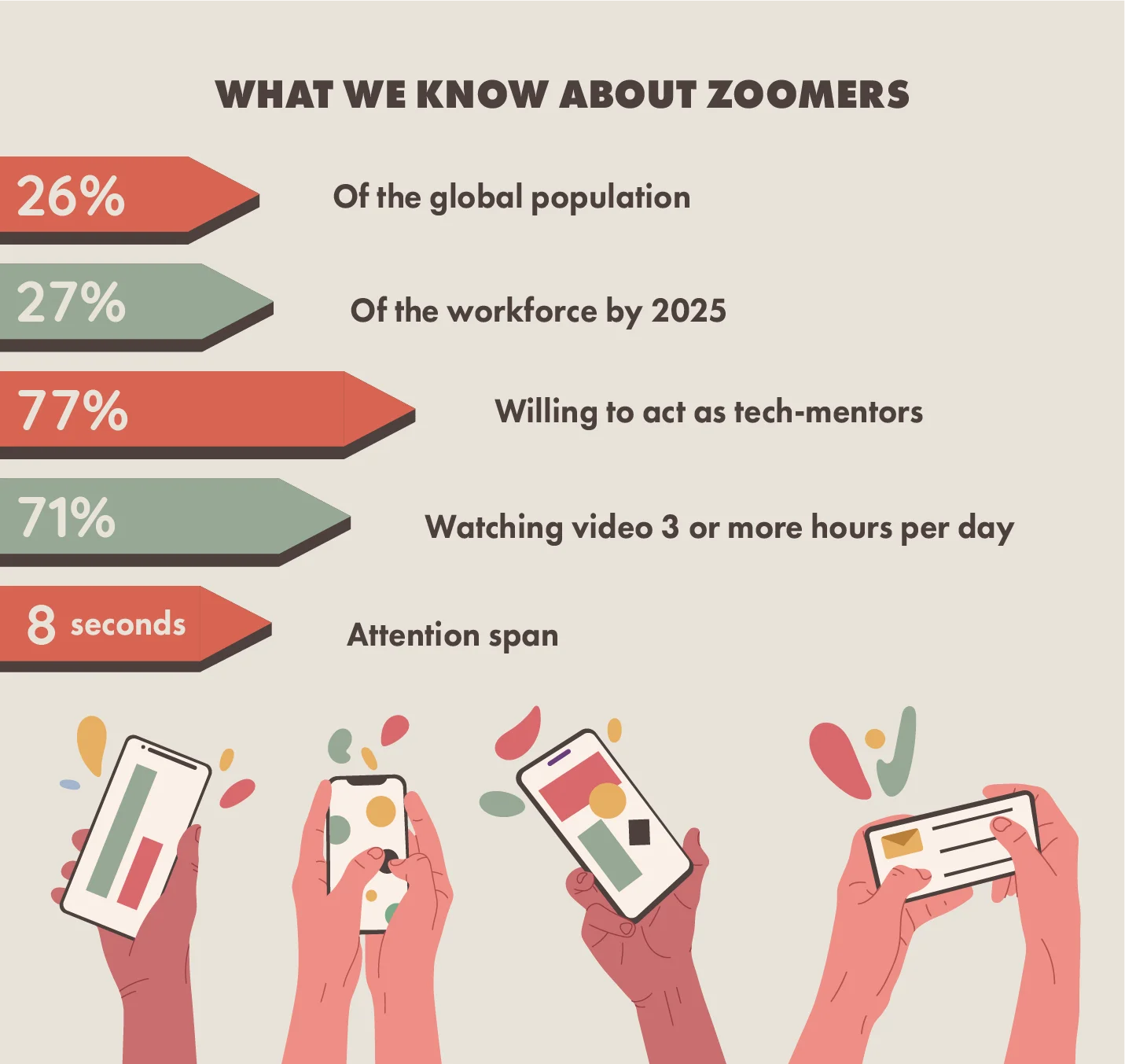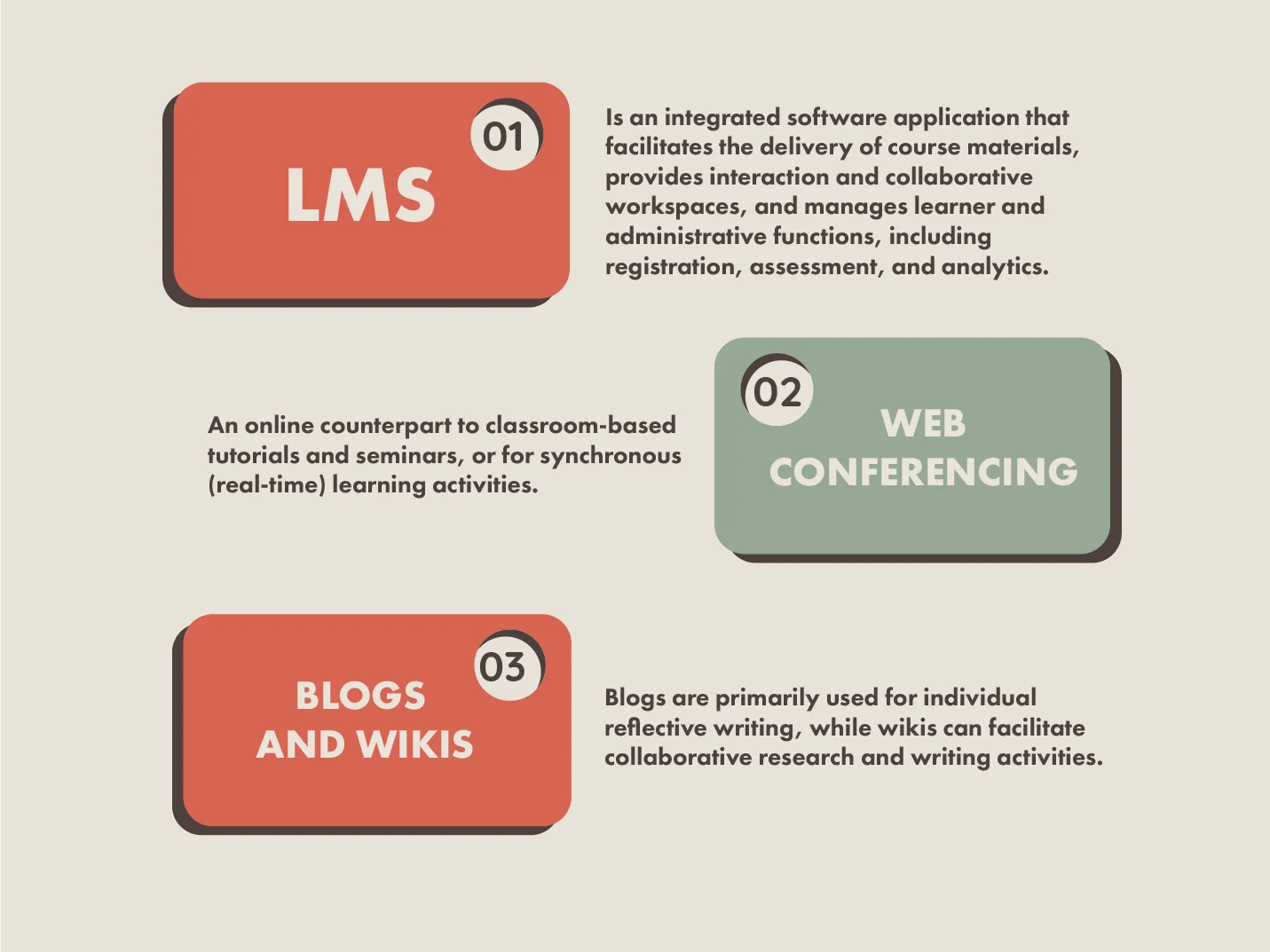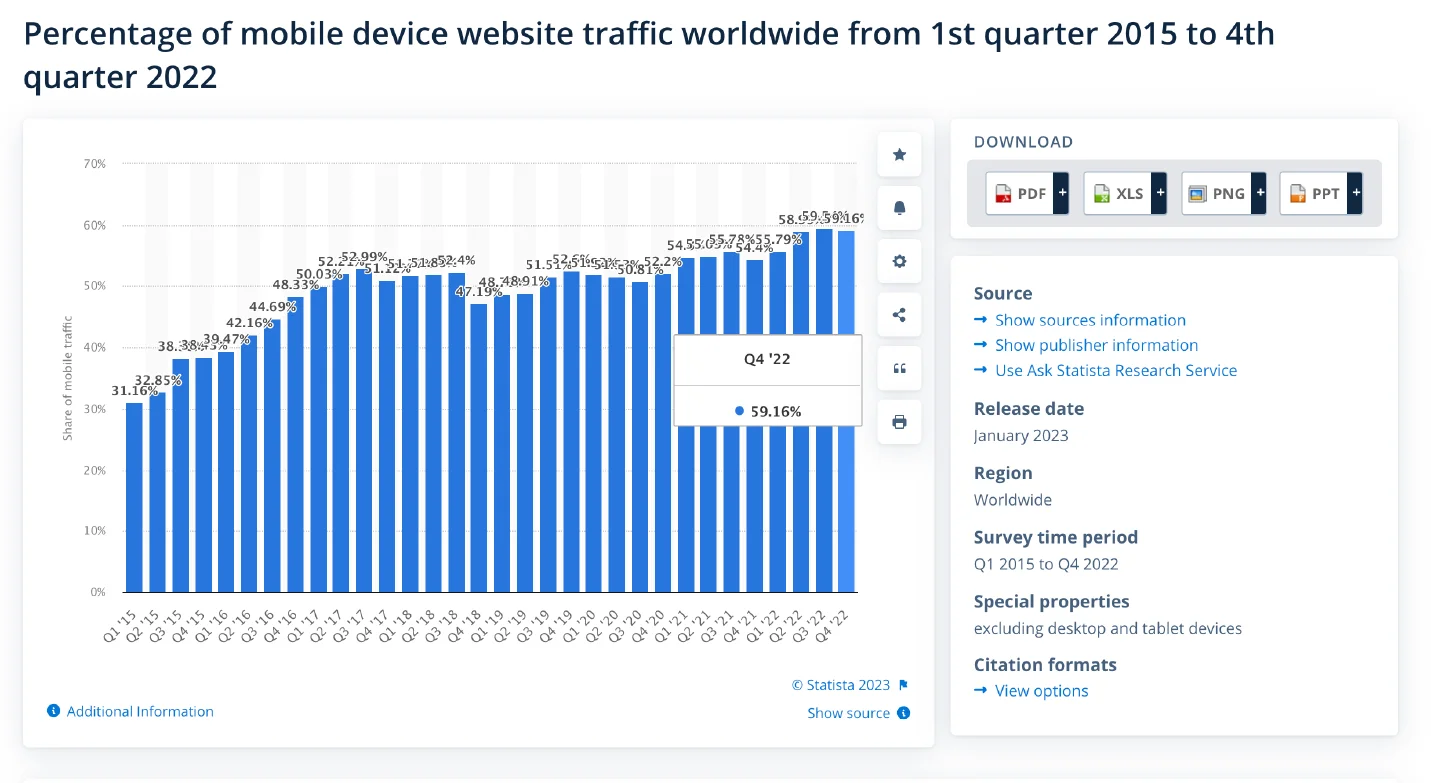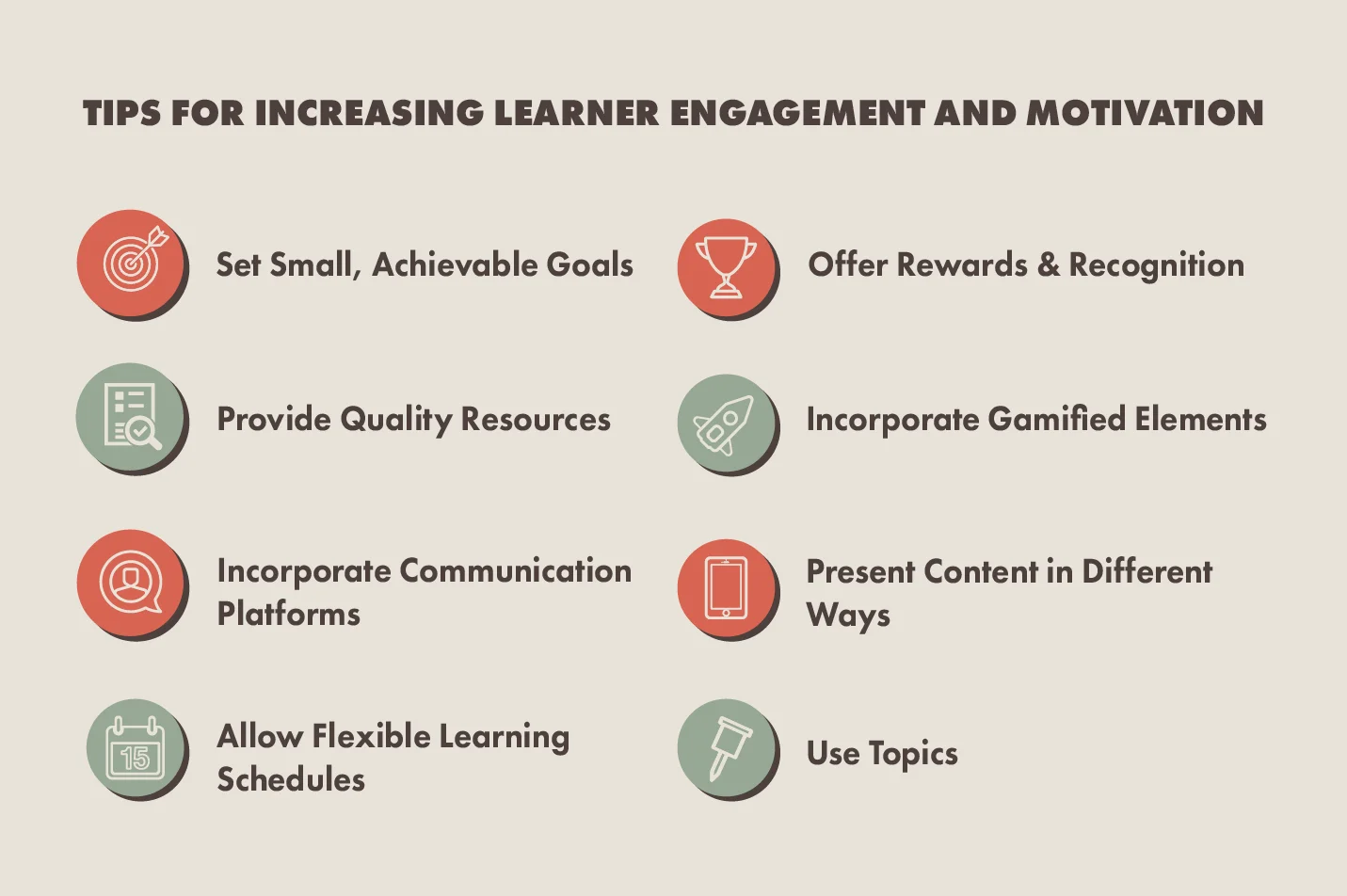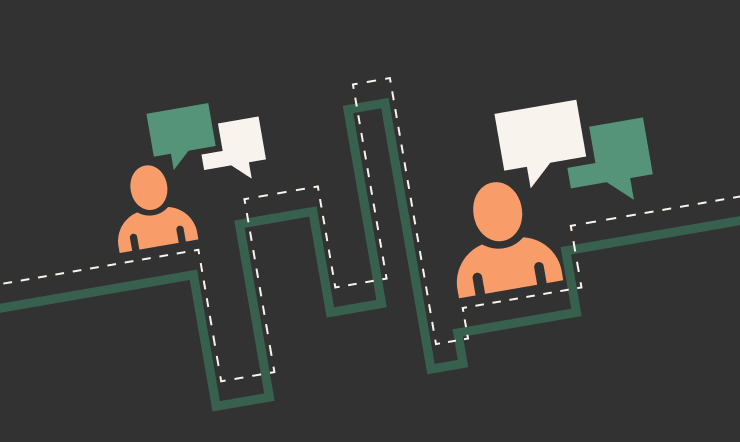Online learning has become a prevalent method of education, but it can sometimes be challenging to engage learners effectively. We’ll analyze ways to enhance online learning experiences for today’s learners, covering topics such as:
- The unique challenges of online learning compared to traditional learning.
- Understanding learners’ needs and how to meet them.
- The role of technology in creating more engaging and effective learning experiences.
- Practical tips for motivating and engaging learners.
- Examples of complete and engaging online learning experiences.
Whether you’re involved in online education or course creation, this article will provide you with valuable insights into how to improve the online learning experience for learners.
Statistics and Facts on E-Learning and Digital Education
Technology has transformed the way we teach and learn. With a digital toolkit at our disposal, from user-friendly learning devices to online courses and digital textbooks, traditional teaching methods such as lectures and presentations can now be enhanced or even replaced.
Digital education refers to all forms of online educational practices. Statistics showed that the global e-learning market was projected to reach approximately 243 billion US dollars in 2022. A significant number of educators worldwide support less traditional and digital models of education, with 65% of teachers supporting the use of open educational resources (OER) in teaching, and 63% expressing support for a competency-based education system.
Learners are also willing to embrace digital learning technologies (DLT) and practices. Approximately 92% of learners worldwide are interested in receiving personalized support and progress information, along with other academic performance analytics. Additionally, learners express an interest in using various devices during the educational process. The most common digital learning materials used weekly in PreK-12 classrooms in the United States in 2016 were online instructional videos, curriculum or software, and research websites.
The Future of eLearning #1: Meet Zoomers
Zoomers, also known as Gen Z, Post-Millennials, iGeneration, or Gen Tech, are individuals born after 1996 who have grown up with access to the internet and technology from a young age. Understanding their characteristics and learning preferences is essential for educators and instructional designers looking to create engaging and effective online learning experiences.
Unlike Millennials, Zoomers have grown up with the internet and technology as a fundamental part of their lives. They are digital natives who have always had access to computers, smartphones, and social media. For them, technology is not just a tool, but an integral part of their daily experiences. They value autonomy, independence, and practicality, and are highly motivated to use online learning tools.
Zoomers and Online Learning
Zoomers favor online learning, flipped classrooms, and blended experiences over traditional lectures and exams. They prefer personalized and on-demand learning experiences, just like they have with services like Netflix and Amazon. Zoomers are highly motivated to learn and are likely to seek out YouTube videos to learn new skills or concepts.
Educational Model
To meet the needs of Zoomers and other modern learners, there is a need to create a new educational model that includes a combination of virtual and in-person learning, real work experience and mentoring, a future-oriented curriculum, and a higher level of creativity and self-direction.
To meet the learning needs of modern learners like Zoomers, it’s important to leverage technology and implement new educational models. By doing so, we can create courses and materials that are tailored to their needs and expectations, ultimately resulting in a more effective and engaging learning experience.
Zoomers comprise 26% of the global population, translating to 2 billion Gen Zers worldwide. They are projected to constitute 27% of the workforce by 2025, and as a digitally native demographic group, they will have no problem keeping up with the digital market growth. While Zoomers may feel more confident about their technical proficiency than their non-tech skills, 77% would gladly mentor a colleague about the latest tech developments.
Statistics show that Zoomers spend three or more hours per day watching videos, using messaging apps, and playing games. Bigger mobile devices with longer-lasting batteries facilitate this. Zoomers have an attention span of only 8 seconds, meaning messages need to be conveyed more directly to capture their attention. Over half of YouTube users watch educational content, with 58% seeking to boost their work skills and careers.
The Future of eLearning #2: Meet Generation Alpha
Generation Alpha, born from 2010 to 2025, is the first generation entirely born in the 21st century. They are digital natives who possess a unique way of “thinking digitally” about how things connect and diverge.
Unlike previous generations, Gen Alpha seeks a storyline rather than just commercials, and they are skilled at navigating digital tools. Recent reports indicate that they will surpass the technology skills of their parents by the age of eight. Their use of Artificial Intelligence is commonplace and natural, and they will use technology to learn and interact with content, demonstrating mastery in ways that many educators have yet to master.
Gen Alpha students expect personalization and hands-on experiences in classrooms. They value diversity and appreciate learning with and from others who are different from them. Their use of technology is not just a toy or distraction, but a way of living, connecting, and learning.
Are You Using the Full Potential of eLearning Development Tools to Improve Your Courses?
You can not expect a good retention rate if you just take a textbook and upload it online. And if we’re talking about Universities and K12 education, even a 60% retention rate is not good enough. So, how should we deal with those dropoffs?
1. Blended Learning
Blended learning is a teaching methodology that combines traditional classroom instruction with online learning experiences. This approach allows educators to leverage the benefits of both in-person and online learning to provide a more comprehensive and engaging educational experience.
A learning management system (LMS) is a key component of blended learning. An LMS is an integrated software application that facilitates the delivery of course materials, provides interaction and collaborative workspaces, and manages learner and administrative functions, including registration, assessment, and analytics.
Web conferencing is another helpful tool for blended learning. It can be used as an online counterpart to classroom-based tutorials and seminars, or for synchronous (real-time) learning activities such as collaborative project-based work.
Blogs and wikis are online writing tools that can be effectively integrated into blended learning. Blogs are primarily used for individual reflective writing, while wikis can facilitate collaborative research and writing activities.
2. Microlearning
Microlearning is an educational approach that involves breaking complex topics down into short-form, stand-alone units of study that can be easily consumed by learners. These units are typically designed to be completed in about five minutes and address one specific skill or knowledge gap.
Microlearning modules are often delivered through digital media, such as instructional videos, online games, infographics, or simulations, and can be accessed anytime and anywhere by learners. The learner is usually given a specific objective to accomplish, such as watching a short video and answering a question or using virtual flashcards to prepare for a quiz.
While microlearning is effective for reinforcement and retention, it may not be suitable for learners who need to gain mastery over a broad topic in a short period or acquire knowledge about a complex concept that cannot be easily broken down. Nonetheless, microlearning has become increasingly popular as a flexible and efficient way to deliver targeted learning experiences that can be integrated into a learner’s daily routine.
3. Scenario-based Learning
Scenario-based learning is a popular instructional strategy where learners select their own path based on the choices they make. This approach places learners in interactive scenarios that simulate real-life situations, making it an example of the growing trend of gamification in education. Scenario-based learning is a highly effective form of online training that can be tailored to the specific learning environment and skill sets required.
An Effective Scenario Should Include 5 Essential Elements, Which We Refer To as The “5Cs of SBL”:
- Context: setting the scene and allowing learners to start reading the situation and environment.
- Challenge: presenting a problem or situation within the context, including learning outcomes and any constraints such as completion time.
- Choices: offering options at a juncture in the branching scenario that lead to different outcomes or consequences.
- Consequences: highlighting the positive or negative outcomes of each choice. There isn’t always a right or wrong answer.
- Contemplate: exploring the opportunities for learning from the experience through reflection questions, feedback, or review.
To introduce scenario-based learning into an online learning program, it is best to start small with a few scenarios and build from there. Incorporating a variety of scenarios can help create an engaging and immersive learning experience while providing real-time feedback, which is crucial to help learners understand the content better and stay motivated.
Scenario-based learning is applicable to different fields such as K12, higher and further education, corporate training, compliance training, onboarding, and continuous professional development. It is particularly effective in developing complex decision-making skills in real-world contexts, making it one of the most valuable learning strategies for those who need to improve their problem-solving and critical-thinking skills.
4. Mobile Applications
Mobile applications are intuitive and easy to use for the technology-driven Generation Z. While they may struggle with the topics covered in their classes, they are likely familiar with the functionalities of a mobile app. E-learning apps offer a natural extension to traditional learning methods and help students become more knowledgeable while embracing their dependency on technology.
5. Gamification in Instructional Design
Gamification is the integration of game-like features into non-game environments to boost engagement and participation. In e-learning, gamification can be used to introduce healthy competition by adding leadership boards and awarding badges to students who meet learning targets. Incorporating instructional design models enhances these gamification strategies to further optimize learning outcomes. This approach motivates learners to work harder, stay engaged, and work towards their learning objectives. By combining gamification and microlearning, you can create a powerful, engaging learning experience that maximizes retention and participation.
6. Analytics
Analytics plays a crucial role in e-learning by providing real-time feedback and identifying learners’ needs. With the availability of big data, learning analytics can answer difficult questions and provide solutions to tackle challenges in the learning industry. By analyzing how learners interact with training content, learning activities, and each other, educators can understand learners’ needs and provide timely feedback to improve their learning.
How to Improve the Online Learning Experience Through Instructional Design Methods
Online education has become the new norm. However, increasing learner engagement and motivation can make online learning an enjoyable and fruitful experience for everyone involved. Here are some easy methods that we can integrate into online education programs to make them more learner-friendly:
Set Small, Achievable Goals — Breaking down larger tasks into smaller goals can help learners feel less overwhelmed and more in control.
Provide Quality Resources — Offering relevant articles, course notes, and recordings of previous lectures can give learners access to extra knowledge and enable a deeper understanding of the material.
Incorporate Communication Platforms — Facilitating meaningful discussion on platforms like Twitter and other forums can encourage collaboration between learners.
Allow Flexible Learning Schedules — Allowing learners to take breaks when they need to or adjust their schedule according to their convenience can help reduce stress and improve productivity.
Offer Rewards & Recognition — Motivating learners by offering rewards and recognition for completing tasks or difficult assignments on time can be an effective way to keep them engaged.
Incorporate Gamified Elements into the Curriculum — Awarding points or badges can add a fun and competitive element to the learning experience.
Introduce Topics that Align with Learners’ Interests — This can help learners stay motivated and engaged, as they are more likely to be interested in topics that align with their passions.
Ensure Content is Presented in Different Ways — Presenting content in various formats such as visual, audio, and print can cater to different learning styles and preferences.
Incorporating these methods can increase learner engagement and motivation, creating a positive online learning environment where everyone benefits.
The Role of Technology in Enhancing Online Learning
As online learning gains popularity, learners and universities are opting for virtual classrooms over traditional face-to-face learning. However, to ensure that online learning is compelling and engaging, it is crucial to understand the role of technology in addressing its challenges.
Virtual Classrooms
Virtual classrooms serve as a crucial component of online learning. They offer learners a platform to interact with each other and instructors. These classrooms are designed to simulate traditional classrooms and provide learners with opportunities to participate in discussions, watch lectures, and complete assignments. By incorporating video conferencing tools like Zoom and Google Hangouts, educators can create an immersive and engaging learning experience.
Online Resources
Technology allows for a wide range of online resources, such as videos, podcasts, and e-books, which supplement traditional course materials and provide students with a deeper understanding of the subject. Online tests and assessments can also be used to help learners assess their comprehension and track their progress.
Conclusion
In conclusion, the popularity of online learning is only going to increase in the years to come, making it a valuable investment for businesses and educational institutions. However, it’s important to keep in mind that creating effective eLearning courses requires careful planning and implementation. By following the best practices outlined in this article and partnering with an experienced eLearning development team like Raccoon Gang, you can ensure that your online courses are engaging, effective, and aligned with your unique goals and vision. With the right approach, eLearning can provide a powerful tool for training, education, and business growth.
- Statistics and Facts on E-Learning and Digital Education
- The Future of eLearning #1: Meet Zoomers
- The Future of eLearning #2: Meet Generation Alpha
- Are You Using the Full Potential of eLearning Development Tools to Improve Your Courses?
- How to Improve the Online Learning Experience Through Instructional Design Methods
- The Role of Technology in Enhancing Online Learning
- Conclusion

